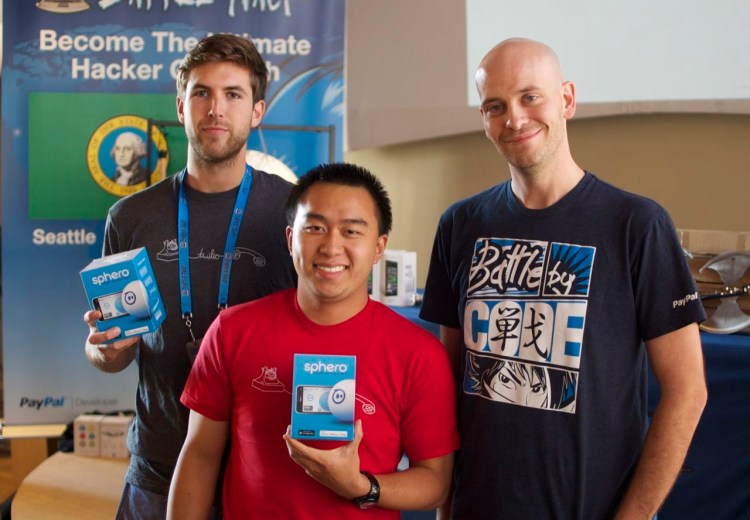Seattle and San Francisco are hotbeds of technology and innovation, attracting hoards of entrepreneurs. These cities are also home to higher than average populations of homeless people, who sleep on the streets and in shelters.
In these cities, a small, but growing group of entrepreneurs is attempting to alleviate some of the challenges this underserved population faces. They are using many free and cheap technology tools to hack together applications and websites. These new apps make it easier to donate to the homeless and provide information about the available resources in the city.
At a recent Paypal-sponsored hackathon in Seattle, “Battlehack,” a pair of entrepreneurs built a new application in 48 hours to help homeless people receive up-to-date information about shelter bed availability — and won third place. The two entrepreneurs — Alex Day and Amazon engineer Yiling Hu — used Twilio‘s open API to develop the new mobile system.
Related: Read all the features in VentureBeat’s “hacking homelessness” series here.
Day and Hu were inspired to develop the application, dubbed Bedder, after noticing hundreds of people sleeping on park benches and in storefronts on their way to work.
“This planted a seed in the back of our mind for the potential to improve this situation in some way,” said Day.
Editor’s note: Want to know more about development tools? Our upcoming DevBeat conference, Nov. 12-Nov. 13 in San Francisco, is a hands-on developer event packed with master classes, presentations, Q&As, and hackathons, all aimed at boosting your skillset in code, security, hardware, and career development. Register now!
For the homeless, securing temporary housing is a huge and exhausting undertaking. If a homeless person isn’t lucky enough to win the lottery for a 90-day bed, they have to queue up for a one-day bed. Those with the best shot have stood in line since 2 a.m. or 3 a.m. the previous night. If all goes according to plan, the Bedder system will provide information about the real-time availability of beds. So if 2 beds are available, and 40 people are ahead in the line, you’d be advised to look elsewhere.
Bedder has not publicly launched yet, as Day and Hu are still meeting with government agencies and various homeless shelters in the city.
The way they envision it working is as an online service (not unlike a hotel reservation system) that allows any shelter to publish information about its bed vacancies, shower and computer resources, and so on. A homeless individual could then access that information by calling a toll-free number.
Many homeless people do carry cell phones but are less likely to have access to computers and the Internet. A number of government-funded programs provide people below the federal poverty level with free cell phones and plans. In California, two wireless carriers recently began offering 250 minutes and 250 text messages to people who earn less than $14,702 a year.
The Bedder system will be fully automated, so information is up-to-date. Most of the “crisis lines” that currently exist are operated by human volunteers, who rarely provide accurate information to the homeless people who call throughout the night.
Day and Hu are currently filing for a nonprofit status for Bedder, which they hope to sell to cities and other organizations.
Bedder isn’t the only application that is designed to help the homeless. In San Francisco, entrepreneurs formed a meetup group for homeless innovation, which has spawned a number of cool ideas. A new app called HandUp offers a secure way to donate to the homeless and also leverages Twilio‘s API. Another recent initiative called Lava Mae is converting retired city buses into mobile showers for the homeless. Read more about these efforts here.


